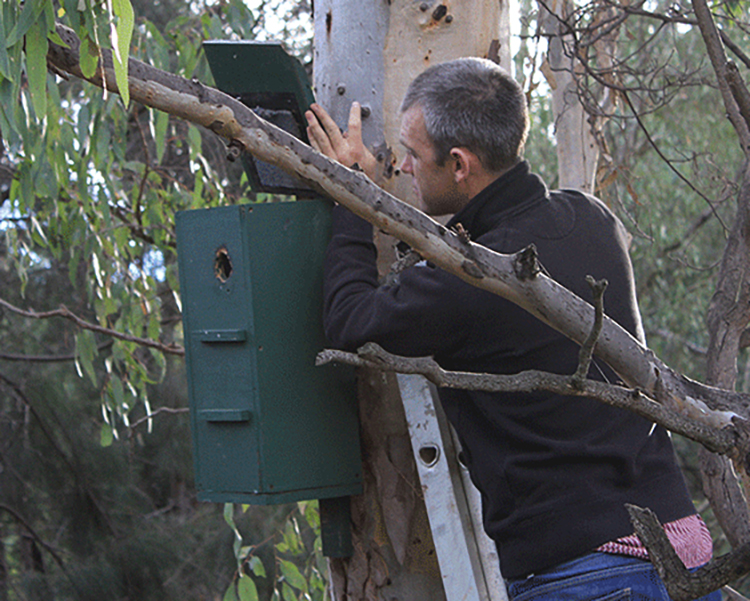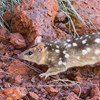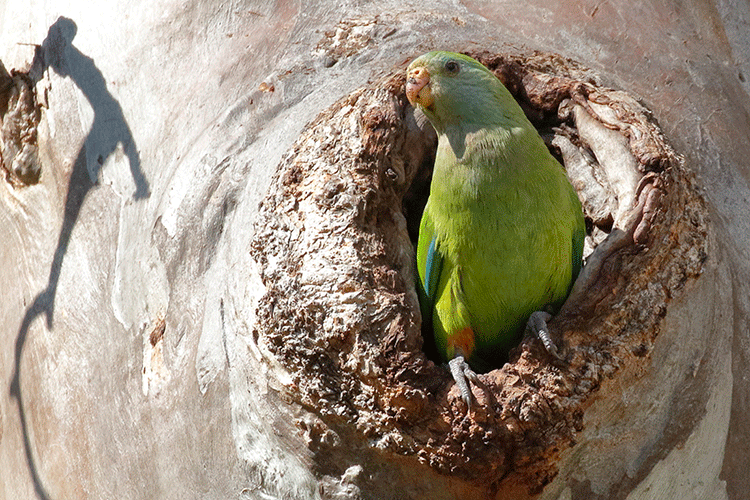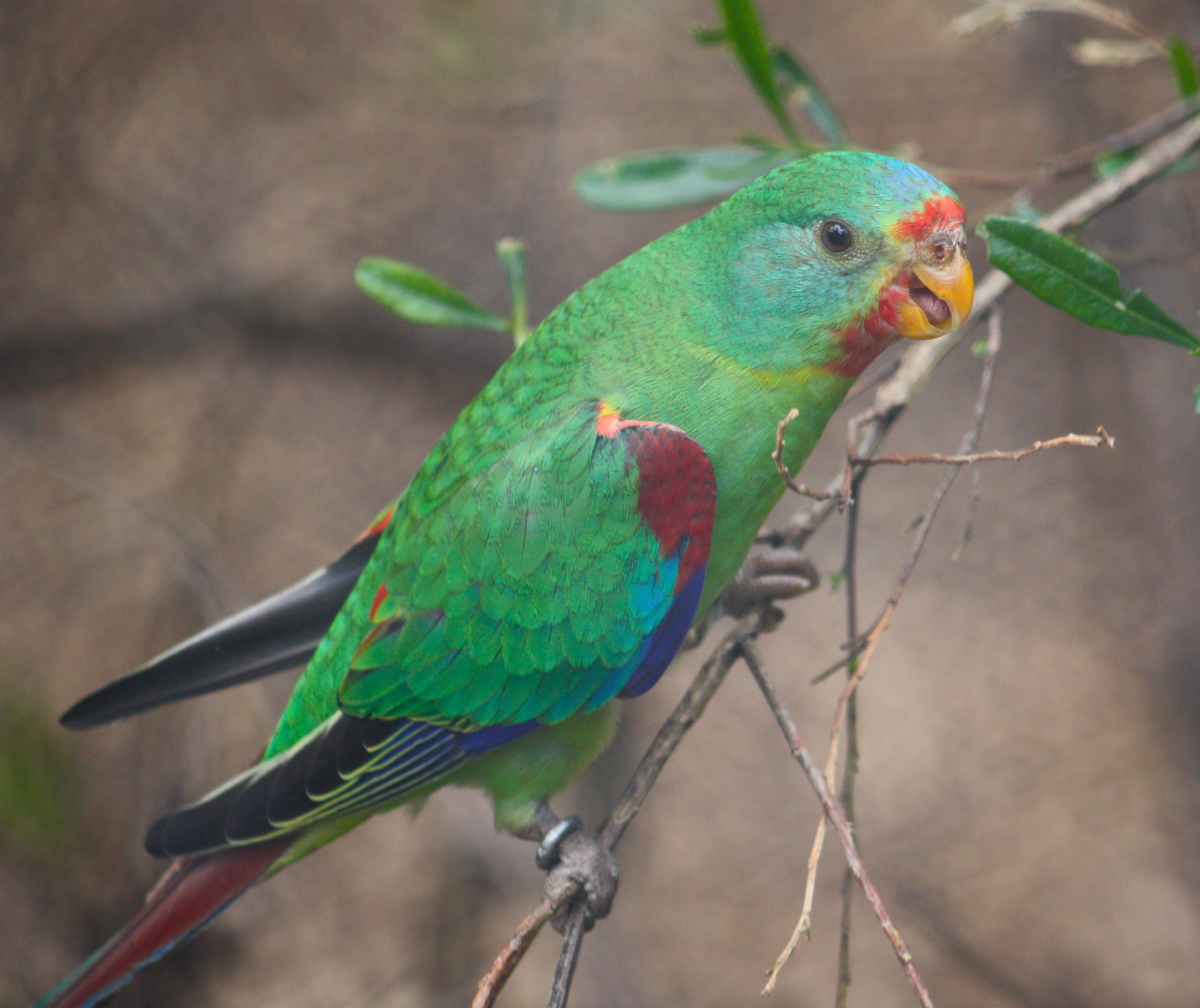
Nest box offset fails to tick the box
Tuesday, 13 February 2018TSR Hub researcher David Lindenmayer and colleagues embarked on a four-year case study examining the impacts of a biodiversity offset which established nest boxes to compensate for the losses of natural tree hollows caused by the widening of sections of the Hume Highway (the road linking Sydney and Melbourne).
Biodiversity offsetting aims to mitigate (or offset) the adverse impacts of human activities on biodiversity in one area by improving biodiversity value in another area. In theory gains should equal losses so there is no net loss. Despite being widely applied across Australia, the impacts of biodiversity offsetting are rarely evaluated.
The expansion of the Hume Highway resulted in the clearing of nationally endangered temperate box gum grassy woodland which provides habitat for three (NSW listed as vulnerable) threatened species: the squirrel glider (Petaurus norfolcensis), brown treecreeper (Climacteris picumnus) and superb parrot (Polytelis swainsonii). The biodiversity offset was targeted to provide habitat specifically for these three threatened species.
Over four years of monitoring, the researchers found the nest boxes weren't used much by the target species. For example, of the 324 nest boxes which were checked around 10 times each over the monitoring period, there were no records of use by superb parrots, and only two by brown treecreepers and seven by squirrel gliders.
The inevitable conclusion from the monitoring was that the offset was clearly not effective in compensating for the loss of hollow-bearing trees and the 1:1 offset ratio (i.e., one nest box for each tree hollow lost) was inadequate because it did not account for the risk of the boxes not being used. Improving offset ratios could lead to greater success in future offsetting programs.
Eight percent of the nest boxes also fell out of trees or were stolen in the four-year monitoring period. Given that trees are usually 80 to 120 years old before they form tree hollows, it is fair to assume that most nest boxes would therefore fail before new hollows formed. This highlights the need for any nest box program to include a long-term and adequately resourced program of monitoring and maintenance.
The main takeaway message from this case study is the distinction between offset compliance and offset effectiveness. In Australia, it is not mandatory that offset effectiveness is assessed. As a result, offset programs can be considered compliant at implementation, but there is no expectation that the effectiveness of these offsets will be monitored after implementation.
Nest boxes alone were inadequate in providing habitat equivalent to the tree-bearing hollows that were lost because of the development. Offset programs need to go further than simply ticking compliance check-boxes and provide measurably effective outcomes for biodiversity.
Key messages
- Achieving a conservation outcome is not as easy as simply putting up a nest box. Different species and situations require tailored solutions.
- In some cases, nest boxes can assist with threatened species, as with the swift parrot.
- In other cases focusing on compliance and ignoring the effectiveness of nest boxes, as in the case of the Hume Highway offset, results in little being achieved.
- Nest boxes do not replace tree-hollows, however, creative approaches to designing nest boxes and pairing nest boxes with other conservation strategies could greatly improve their value as a habitat resource.
For further information:
David Lindenmayer
david.lindenmayer@anu.edu.au
Read more of Rachel Robbins' reporting on the successes and failures with nest boxes at:
Top image: Researchers conducted 3,000 checks of the nest boxes along the Hume Highway in southern NSW. Photo: Dan Florance
Related Videos
-

Target based ecological compensation: an approach that aligns compensation with conservation targets
Wednesday, 02 June 2021 -

Introduction to biodiversity offsetting - the basics of what biodiversity offsetting involves
Wednesday, 02 June 2021 -

Why do we offset? – under what circumstances might be consider a biodiversity offset
Wednesday, 02 June 2021 -

What do we offset? – how do we describe and measure biodiversity for the purposes of offsetting
Wednesday, 02 June 2021 -

Calculating losses and gains – how to estimate the amount of gain from an offset
Wednesday, 02 June 2021 -

Uncertainty, time lags and multipliers – adjusting estimates of gain from an offset
Wednesday, 02 June 2021 -

Offset rules – setting constraints and requirements to help make offsets more effective
Wednesday, 02 June 2021 -

Spatially strategic offsets – coordinating offset actions for greater benefits
Wednesday, 02 June 2021 -

Monitoring & evaluation – tracking the performance of individual offsets and offset programs
Wednesday, 02 June 2021



